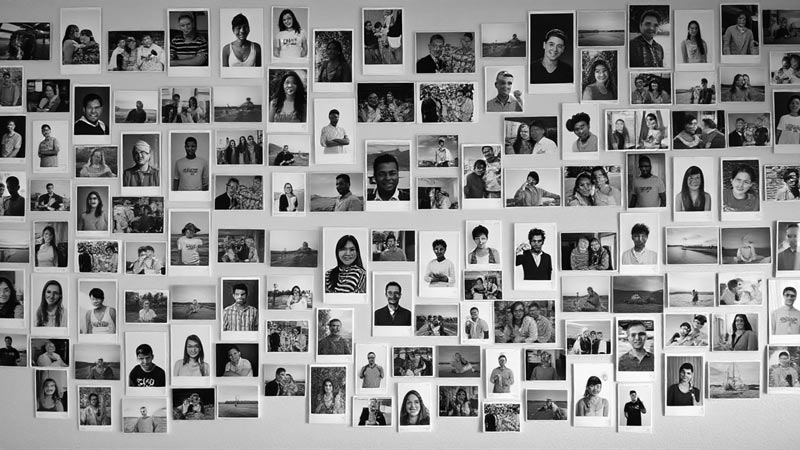
In an age where technology permeates every aspect of our lives, the importance of preserving our family heritage has never been more critical. A digital archive of your family’s history is not just a collection of photos and documents; it is a treasure trove of memories, stories, and legacies that can be passed down through generations. Here are several compelling reasons why every family should consider creating a digital archive of their heritage.
Physical photographs and documents are susceptible to damage from environmental factors such as moisture, fire, and even time itself. Fading photographs, yellowing papers, and deteriorating heirlooms can easily be lost forever. By digitizing these items, you create a permanent record that can be preserved indefinitely. Digital files can be backed up in multiple locations, ensuring that your family’s history is safe from unforeseen disasters.
Imagine your grandchildren or great-grandchildren being able to access their family history with just a few clicks. A digital archive makes it easy for family members, near and far, to explore their roots. Whether it’s a cherished family recipe, a video of a grandparent telling stories from their youth, or a collection of letters exchanged between relatives, a digital archive ensures that these treasures are readily available for future generations to enjoy and learn from.
In our increasingly mobile society, families often find themselves scattered across different cities or even countries. A digital archive serves as a central hub for family members to connect with their heritage, regardless of their physical location. By sharing stories, photos, and documents online, families can foster a sense of belonging and unity, even when they are miles apart. This connection can be especially meaningful during family gatherings or reunions, where shared memories can be revisited and celebrated.
Every family has its unique stories, and these narratives are often the heart of family heritage. A digital archive provides a platform for storytelling, allowing family members to contribute their own experiences and perspectives. Encourage relatives to share their memories, anecdotes, and insights, creating a rich tapestry of your family’s history. This collaborative effort not only preserves the past but also strengthens family bonds as members engage in meaningful conversations about their shared heritage.
A digital archive can serve as an invaluable educational resource for both children and adults. It can be used to teach younger generations about their ancestry, cultural traditions, and historical events that shaped their family. By exploring their heritage, children can develop a sense of identity and pride in their background. Additionally, a digital archive can be a useful tool for genealogical research, helping family members trace their lineage and discover connections to historical events or figures.
Creating a digital archive can be a fun and creative project for families. In addition to scanning photos and documents, families can incorporate multimedia elements such as videos, audio recordings, and digital scrapbooks. This creative expression allows families to present their heritage in a way that resonates with them, making the archive not just a collection of items but a vibrant representation of their family story.
A digital archive is more than just a collection of memories; it is a legacy that can be passed down through generations. By taking the time to document your family’s history, you are ensuring that future generations will have a deeper understanding of their roots and the values that have shaped your family. This legacy can inspire them to carry on traditions, uphold family values, and appreciate the sacrifices made by those who came before them.
With the advent of cloud storage and social media, sharing your digital archive has never been easier. Family members can collaborate on the archive, adding their own contributions and insights. This collaborative approach not only enriches the archive but also fosters a sense of community among family members. You can create private family groups on social media platforms or use cloud services to share files, ensuring that everyone has access to the family history.
A digital archive allows families to document changes over time, capturing the evolution of family dynamics, traditions, and milestones. From weddings and births to graduations and anniversaries, these moments can be preserved in a way that highlights the growth and transformation of your family. This documentation can serve as a powerful reminder of the resilience and adaptability of your family through various life stages.
In a world where memories can easily fade and stories can be lost, creating a digital archive of your family’s heritage is an essential step in preserving your legacy. It not only safeguards your family’s history but also fosters connections, encourages storytelling, and provides educational opportunities for future generations. As you embark on this journey of preservation, remember that every photo, document, and story contributes to the rich tapestry of your family’s heritage. Start today, and ensure that your family’s legacy lives on for generations to come.